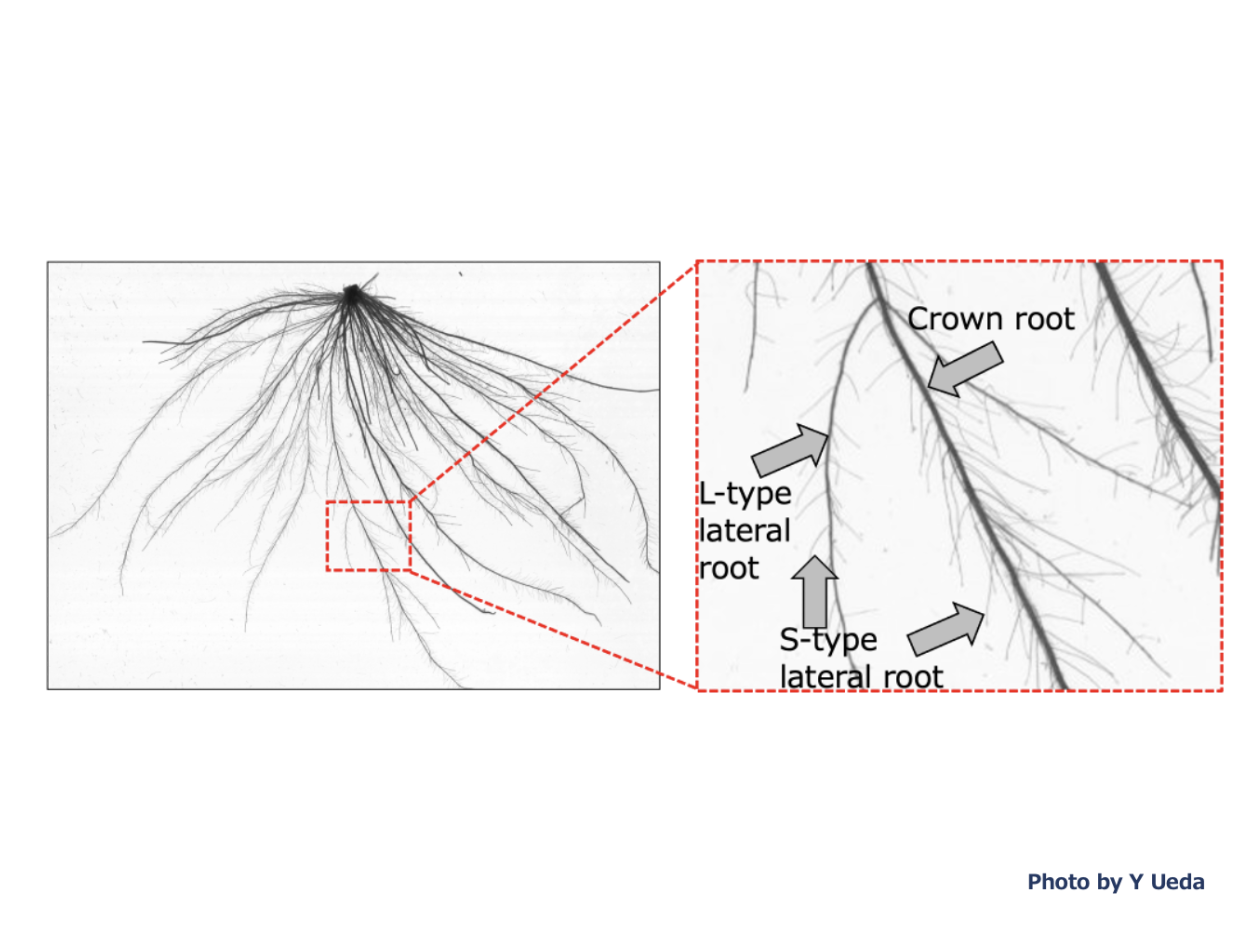Pick Up
849. Enhanced Rice Root Morphology Increases Phosphorus Uptake

849. Enhanced Rice Root Morphology Increases Phosphorus Uptake
Phosphorus is one of the three primary nutrients essential for plant growth, along with nitrogen and potassium. An adequate supply of phosphorus is essential for healthy plant development. Unfortunately, natural soils are typically deficient in phosphorus. To address this deficiency and increase crop productivity, farmland is often amended with phosphorus-based fertilizers.
However, regions characterized by acidic, weathered soils, such as those found in African countries like Madagascar, suffer from significant phosphorus deficiencies. Economic constraints limit the purchasing power of farmers in these areas, making it difficult to afford fertilizer. As a result, crops grown in these regions often suffer from phosphorus deficiency.
In this challenging environment, the potential for increasing crop yields lies in enhancing the ability of plants to efficiently take up phosphorus. To date, JIRCAS has provided valuable insights into how the PSTOL1 gene can stimulate crown root growth and how rhizosphere development contributes significantly to phosphorus uptake. These findings suggest that in phosphorus-deficient fields, improving root morphology could significantly increase phosphorus uptake. However, there remains a notable lack of information on the specific types of plant roots that contribute most to phosphorus uptake and which genetic loci hold promise for improvement.
In collaboration with The University of Tokyo, we conducted a comprehensive analysis of root morphology in phosphorus-deficient fields. Our research used a technique known as Quantitative Trait Locus (QTL) mapping. This approach allowed us to pinpoint specific genetic loci associated with root morphology and investigate whether these loci facilitate phosphorus uptake in phosphorus-deficient environments.
Hybrid populations derived from Nerica4, an African cultivar with low phosphorus uptake capacity, and DJ123, a South Asian cultivar with excellent root morphology, were grown in phosphorus-deficient fields and the fine structure of the crown and lateral roots was observed. The results showed that there were large differences in the length and density of the relatively thick and long L-type lateral roots and the fine S-type lateral roots (Fig. 1), as well as in the number of crown roots. Statistical analysis (QTL analysis) based on the genetic information obtained by next-generation sequencing revealed loci on three chromosomes that explained the differences in the density of L- and S-type lateral roots, the length of S-type lateral roots, and the number of crown roots. For all of these loci, it was also clear that the DJ123 genotype conferred the desired traits, rather than the upland Nerica4 rice line that is widely grown today.
Phosphorus concentration analysis and a stepwise regression analysis suggested that in addition to the number of crown roots, previously unexplored traits such as the density of L-type lateral roots on crown roots and S-type lateral roots on L-type lateral roots may also enhance phosphorus uptake.
The results of this study demonstrate the previously little known contribution of different root types to phosphorus uptake and identify root forms that favor phosphorus uptake. Since the DJ123 genotype conferred favorable traits at all detected loci, the results of this study indicate that breeding with these root shape related loci can increase phosphorus uptake in rice varieties, including Nerica4.
This research sheds light on the contribution of different root types to phosphorus uptake, which has not been well understood, and reveals the root shapes that are favorable for phosphorus uptake. Furthermore, since the DJ123 genotype was advantageous in all the genetic loci detected, this research shows that breeding with these genetic loci related to root morphology can lead to an increase in phosphorus uptake in rice varieties, including Nerica4.
Reference
Dinh, LT., Ueda, Y., Gonzalez, D., Tanaka, J.P., Takanashi, H., Wissuwa, M. (2023) Novel QTL for lateral root density and length improve phosphorus uptake in rice (Oryza sativa L.) Rice 16, 37. https://doi.org/10.1186/s12284-023-00654-z
Contributors: UEDA Yoshiaki (Crop, Livestock and Environment Division), NAKASHIMA Kazuo (Food Program)
